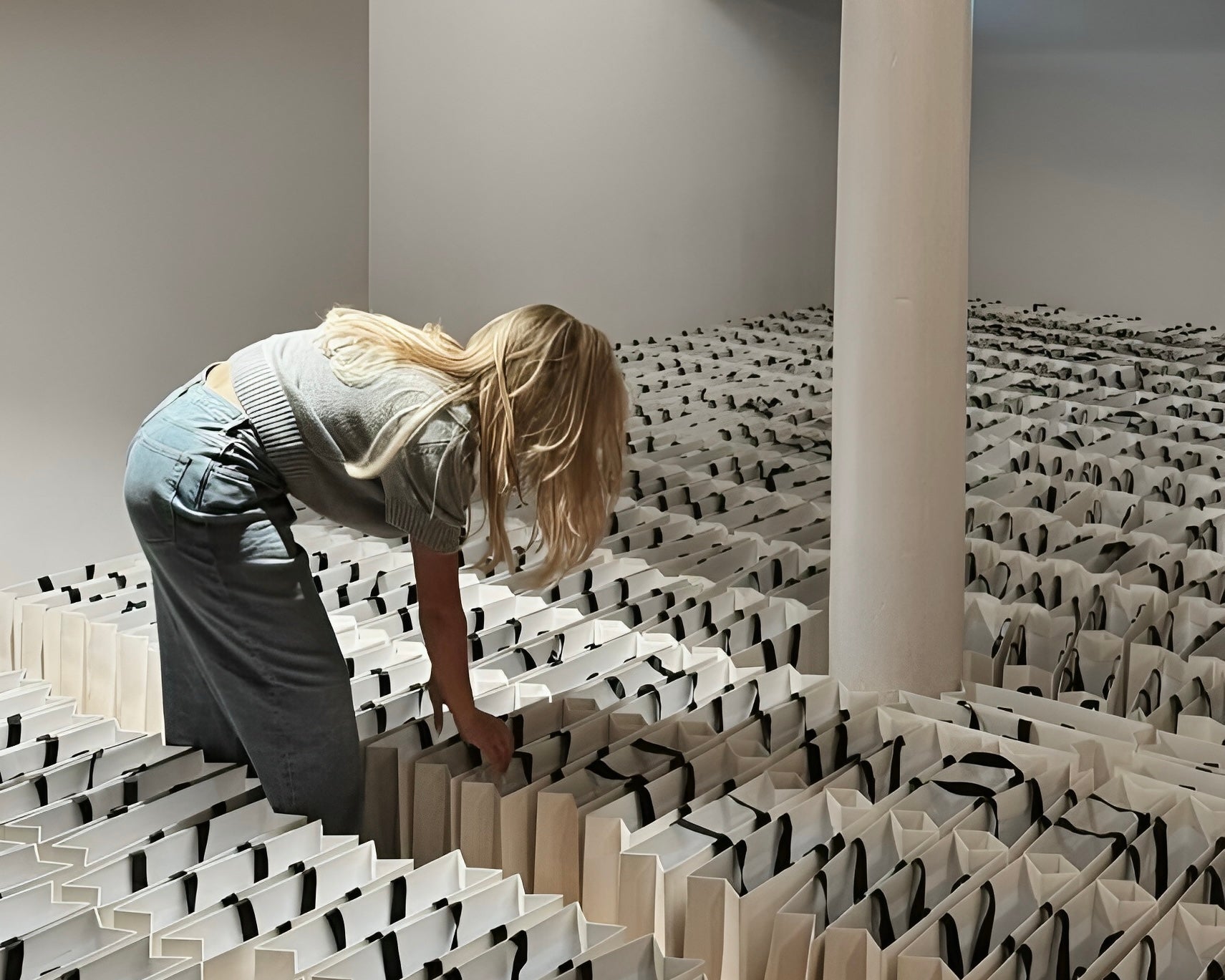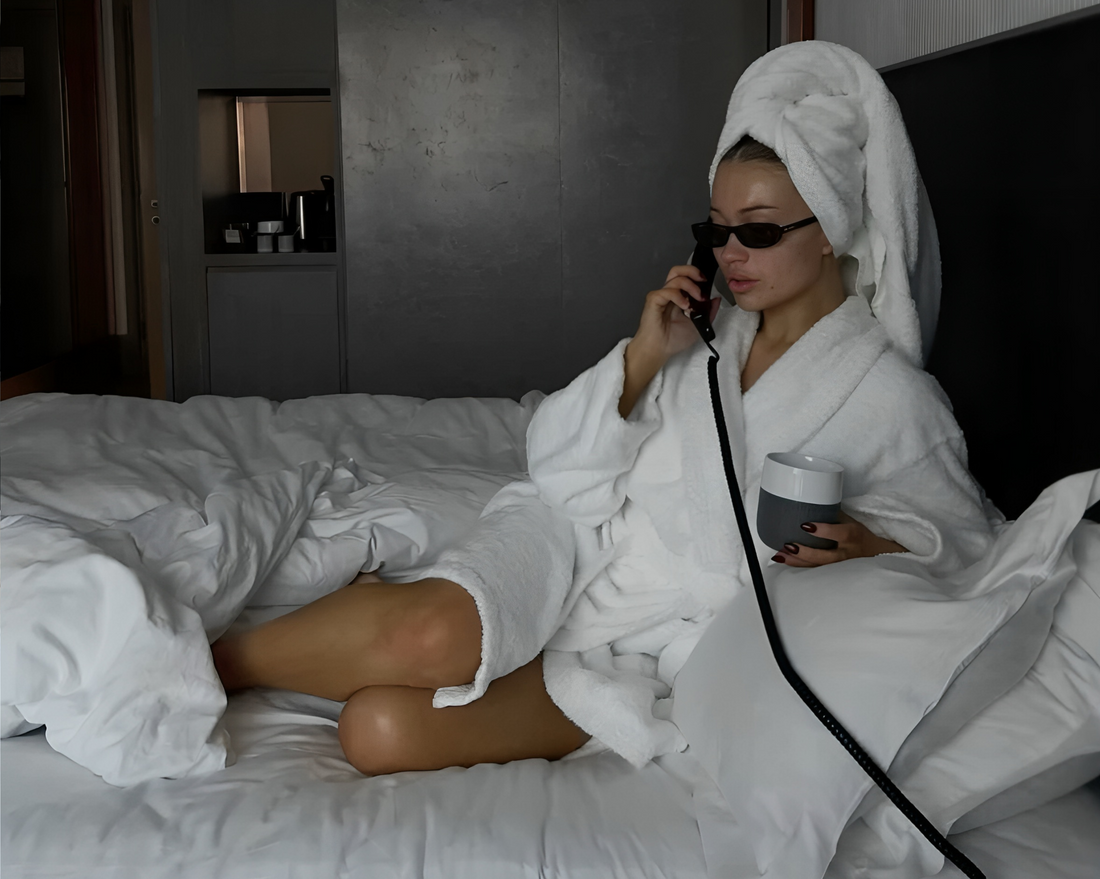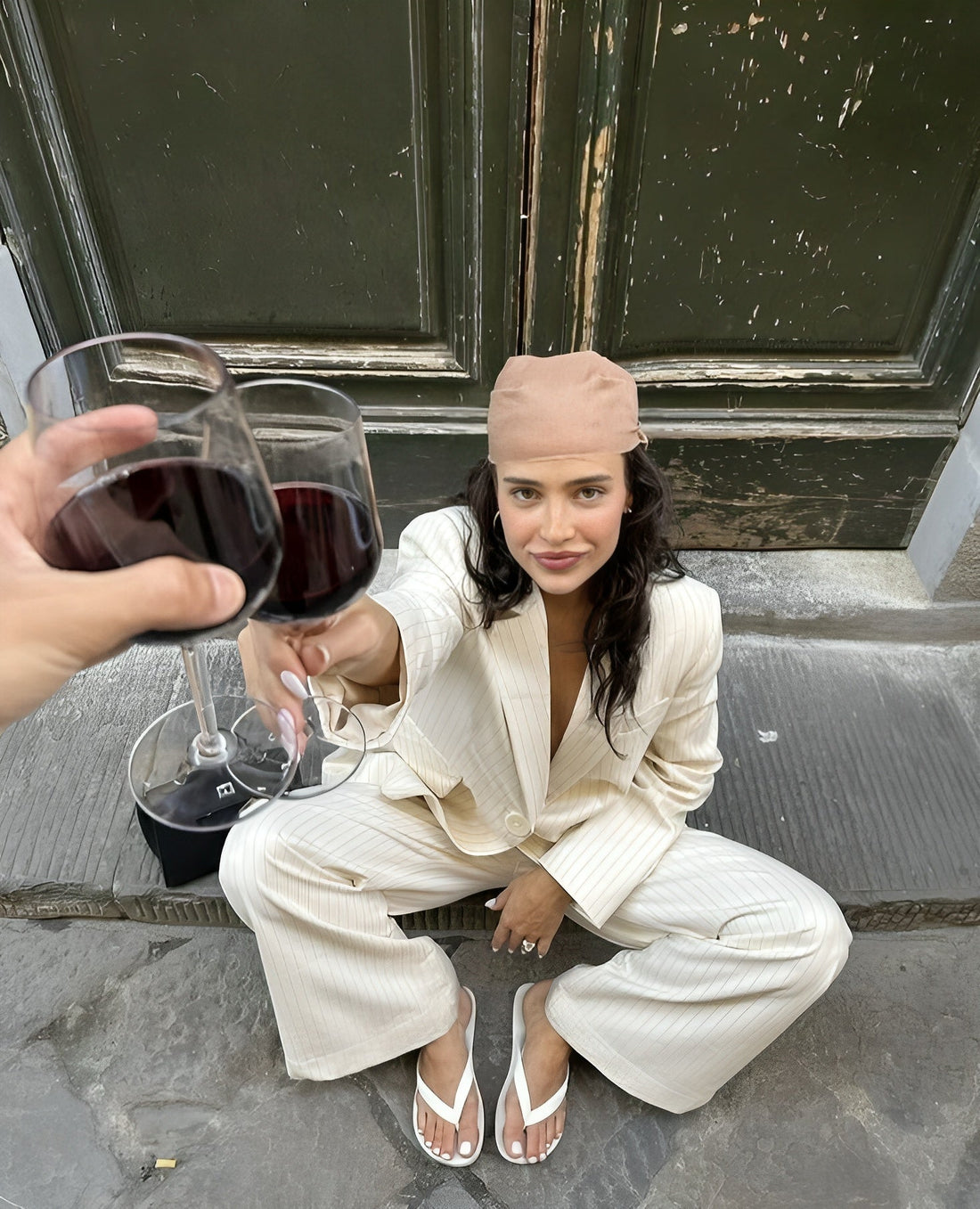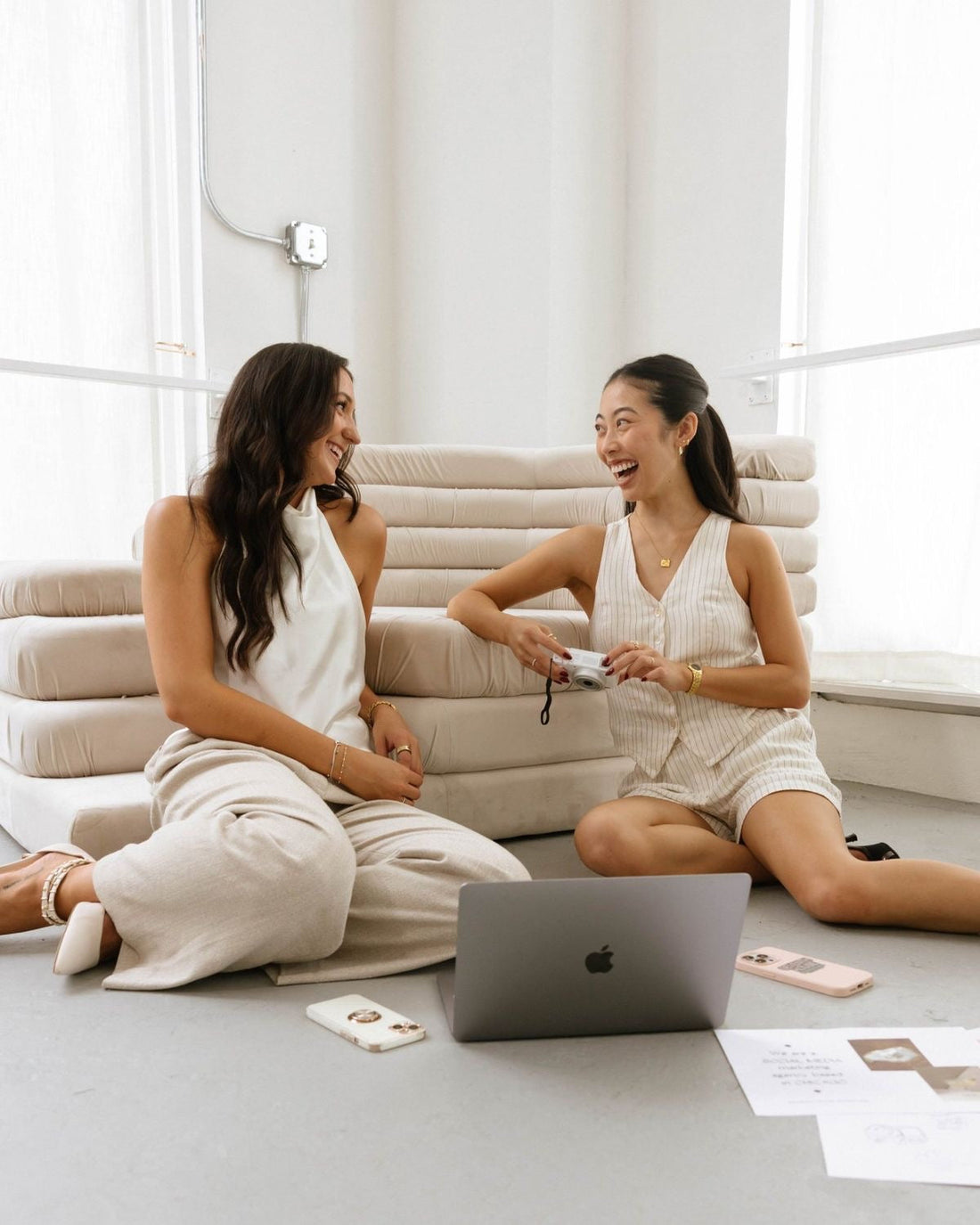From rooftop parties and breakfast launches to intimate press previews, PR events are more than just a photo op. When approached strategically, they can deliver serious ROI. Not just for the hosts, but for the stylists, influencers, creatives and brand reps in the room too.
Here’s a deep dive into how to extract real value from PR events, whatever side of the table you’re on.
For Influencers: Your Brand is the Business
You’re not just attending, you are the media outlet. So every event is an opportunity to build visibility, credibility and collaboration potential.
1.Prep like a professional
- Check the guest list: Identify who’s attending and who you might want to connect with; stylists, editors, PR reps, founders
- Know the brand: Turn up with context. Know their recent launches, brand values, or any campaigns they’re pushing. It gives you talking points and shows genuine interest.
- Decide your content plan in advance: Are you doing stories, a reel, a static post? Know what content format will be most valuable for you and where your name will be seen
2. Maximise content ROI
- Post promptly: Ideally within 24 hours. Tag every relevant account (brand, PR agency, venue, creators)
- Think evergreen: Beyond just stories, capture content you can use later; outfit shots, products in good lighting, quotes or soundbites. You can rework this into a vlog, Pinterest pin, or “day in the life” reel
3. Follow up, not just follow
- Send a thank you: A DM or email to the PR rep goes a long way. If you’re open to future partnerships, say so
- Track your output: Keep a record of what content you created, impressions, engagement, and any DMs or clicks. This data helps you prove your value when negotiating future paid work
ROI for influencers:
- Brand visibility (especially if reshared on their socials)
- New relationships with brands or PRs
- Invitations to future events or paid campaigns
- Content creation opportunities
- Potential growth through tags and features
For Brands & PR Teams: Make it Strategic, Not Just Stylish
Events are an investment; venue, catering, gifting, staffing. So getting ROI means more than a pretty turnout. It’s about strategic guest curation, content capture, and follow-up.
1. Clarify the goal
Are you launching a product, generating UGC, or nurturing relationships?
Knowing the outcome shapes everything - who to invite, what to gift, and how to measure success.
2. Be intentional with your guest list
- Mix your crowd: Don’t just fill a room with influencers. Invite stylists, MUAs, photographers, boutique buyers, editors. These people bring long-tail impact, think editorials, campaign hires, product placements
- Segment your guests: Have a clear list of who’s likely to post, who’s media, who’s a potential brand partner, and tailor the experience or conversation accordingly
3. Capture your own content
Don’t rely solely on guests to generate content. Have a content team onsite (photo, video, behind the scenes) so you walk away with campaign-ready assets.
4. Measure your event ROI
Think beyond just likes and tags:
- UGC generated: How many guests posted content? How many usable assets did you collect?
- Reach and engagement: How many views/impressions did the event drive?
- Email opt-ins or CRM growth: Did you gather RSVPs via email? Can you retarget these contacts?
- Future bookings: How many stylists or press attendees requested products post-event?
- Creator relationships: Did you build a pipeline of talent for campaigns or collaborations?
ROI for brands:
- Content assets for future marketing
- New creator or stylist partnerships
- Press mentions or editorial coverage
- Social reach and engagement
- Pipeline for gifting and campaign seeding
For Stylists, MUAs, Photographers and Creatives: Be Seen and Booked
You might not have a huge online following, but PR events are your chance to become a go-to name behind the scenes.
1.Show up like a collaborator
- Introduce yourself to brand founders or PRs and mention how you usually work with brands, whether that’s on campaigns, lookbooks, music videos, or editorials
- Bring business cards or have a scannable QR code to your portfolio or Instagram
2. Use it for soft networking
Don’t oversell. Just be visible, warm and conversational. A genuine compliment, a shared drink, a quick follow on socials, these connections can lead to bookings six months down the line.
3. Share your own angle
You might not be posting outfit shots, but consider showing your perspective: makeup set-ups, behind-the-scenes shots, or just tagging the brand and venue in a thank-you story.
4. Follow up with value
If you loved the product or concept, send a message offering to collaborate, whether that’s shooting a free test shoot with a stylist, or pitching a content idea to the brand.
ROI for creatives:
- Brand relationships that lead to paid work
- Press or PR contacts for future pitches
- Event content for your own portfolio
- Increased exposure if tagged by larger accounts
- Invites to future campaigns or gifting opportunities
The Extras That Make a Difference
What to Wear: Yes, It Matters
- Dress in a way that reflects your personal or brand identity, while still being camera-friendly. Neutral, polished, and on-theme with the brand is usually a win
- For PR teams: even if you’re behind the scenes, you’re still representing the brand. Look the part.
Don’t Just Chase the Big Names
Smaller brands often offer more flexible, long-term opportunities, and they tend to remember who supported them early. Some of the best partnerships begin in quieter corners.
How to Gracefully Leave Early
Not every event will be your vibe and that’s fine. Just make sure you thank the host, post something to show appreciation, and send a quick follow-up message if relevant. Reputation is everything.
If You’re Not Invited, Don’t Panic
Events are just one piece of the PR puzzle. Keep showing up online, tag brands organically, and use social media to send direct messages and pitch directly. Not being invited doesn’t mean you’re not on the radar, it just might not have been the right fit this time.
Keep a Contact Log
After every event, jot down who you met, what you spoke about, and any ideas for follow-up. These notes are gold when you’re pitching a few weeks down the line.






